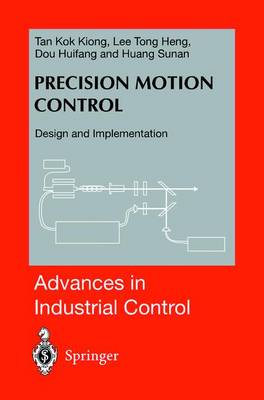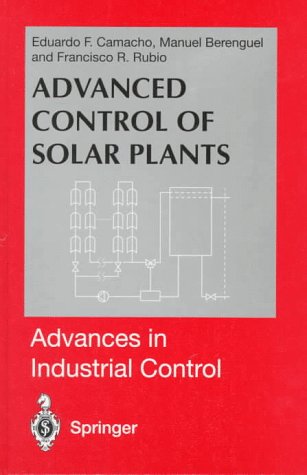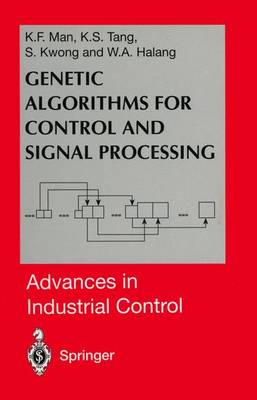Advances in Industrial Control
4 total works
Precision manufacturing is a development that has been gathering momentum over the 20th century and accelerating over 25 years in terms of research, development, and application to product innovation. The driving force in this development arises from requirements for much higher performance of products, higher reliability, longer life, lower cost, and miniaturization. This development is widely known as precision engineering and, today, it is generally defined as manufacturing to tolerances which are better than one part in 105. Applications are abound and can be found in various semiconductor processes, (lithography, wafer probing, inspection), co-ordinate measuring machines (CMMs) and precision metrology systems (scanning probe microscopy (SPM)), robot/machine tools to carry out micro-assembly (MEMS) and delicate short wavelength laser processes. As an enabling technology for precision engineering, precision instrumentation and measurement, geometrical calibration and compensation, and motion control are directly important issues to be addressed in the overall system design and realization. This title is focused on these aspects of precision engineering.
It is a compilation of the major results and publications from a major project which develop a state-of-the-art high-speed, ultra-precision robotic system. A comprehensive and thorough treatment of the subject matter is provided in a manner that is amenable to a broad base of readers, ranging from the academics to the practitioners, by providing detailed experimental verifications of the developed materials.
It is a compilation of the major results and publications from a major project which develop a state-of-the-art high-speed, ultra-precision robotic system. A comprehensive and thorough treatment of the subject matter is provided in a manner that is amenable to a broad base of readers, ranging from the academics to the practitioners, by providing detailed experimental verifications of the developed materials.
Robust Multivariable Flight Control
by Richard J Adams, etc., J.M. Buffington, A.G. Sparks, and S.S. Banda
Published 14 October 1994
Manual flight control system design for fighter aircraft is one of the most demanding problems in automatic control. Fighter Aircraft dynamics generally have highly coupled uncertain and nonlinear dynamics. Multivariable control design techniques offer a solution to this problem. Robust Multivariable Flight Control provides the background, theory and examples for full envelope manual flight control system design. It gives a versatile framework for the application of advanced multivariable control theory to aircraft control problems. Two design case studies are presented for the manual flight control of lateral/directional axes of the VISTA-F-16 test vehicle and an F-18 trust vectoring system. They demonstrate the interplay between theory and the physical features of the systems.
Advanced Control of Solar Plants
by E. F. Camacho, etc., M. Berenguel, and F.R. Rubio
Published March 1997
There is some degree of separation between the development of advanced control algorithms within the research community and their use in industrial practice. Several strategies developed from experimental research into improving the efficiency of solar th ermal power plants are here examined in the context of their industrial application. The techniques described and applied are the modelling and simulation of solar processes, robust control, adaptive control, model-based predictive control and fuzzy logic control. Their effectiveness is assessed and the various techniques' advantages and drawbacks are analyzed and compared. The results obtained can be readily extended to other industrial processes; in this context, the solar control process examined provides an ideal test-bed since it exhibits many of the problems found in other processes , such as nonlinearities, changing dynamics and strong external disturbances.
Genetic Algorithms for Control and Signal Processing
by K.F. Man, etc., K.S. Tang, S. Kwong, and W A Halang
Published 29 November 1996
This volume provides coverage of the field of genetic algorithms and their applications in solving engineering problems in control and signal processing. The basic genetic operations such as crossover, mutation and reinsertion are discussed, and the characteristics of genetic algorithms, their advantages and constraints, are also described. These processes are illustrated by real-world applications, including a report on the use of genetic algoritms for active noise control. The book closes with a description of a proposed hierarchical genetic algorithm designed to address the problems in determining system topology. The use of this formulation in digital filter design is discussed, and the idea is then extended to address neural network optimization and the construction of a reduced fuzzy membership set and rules for control and signal processing.



